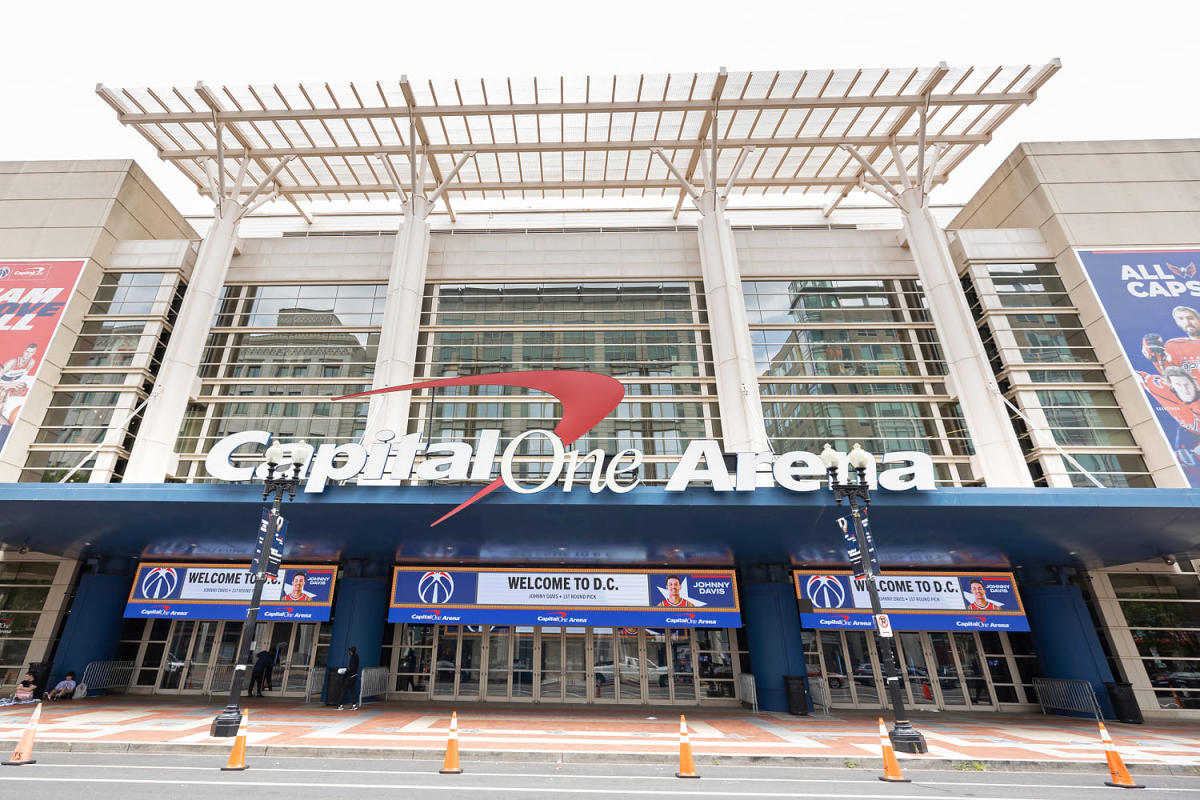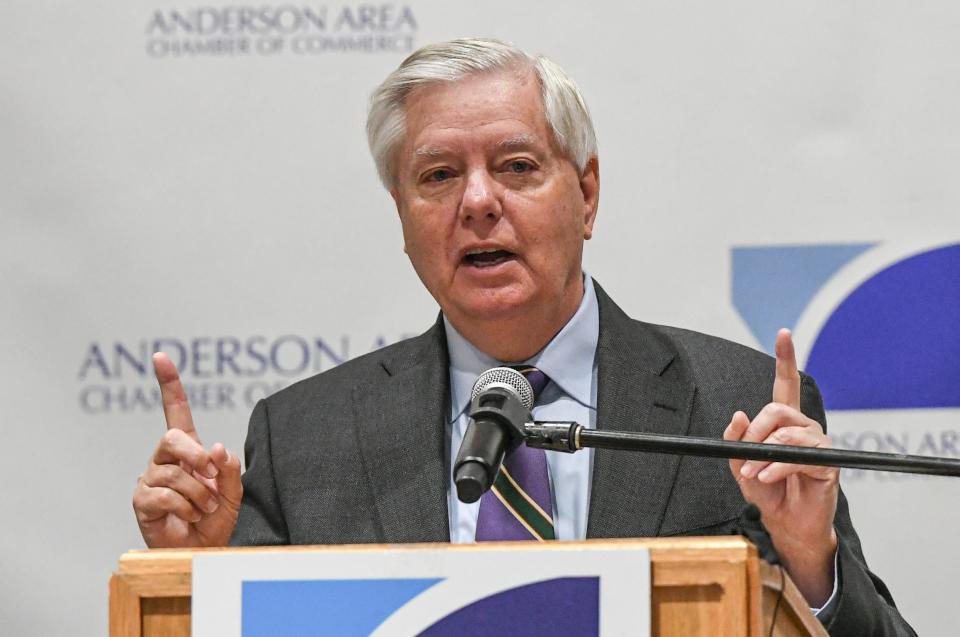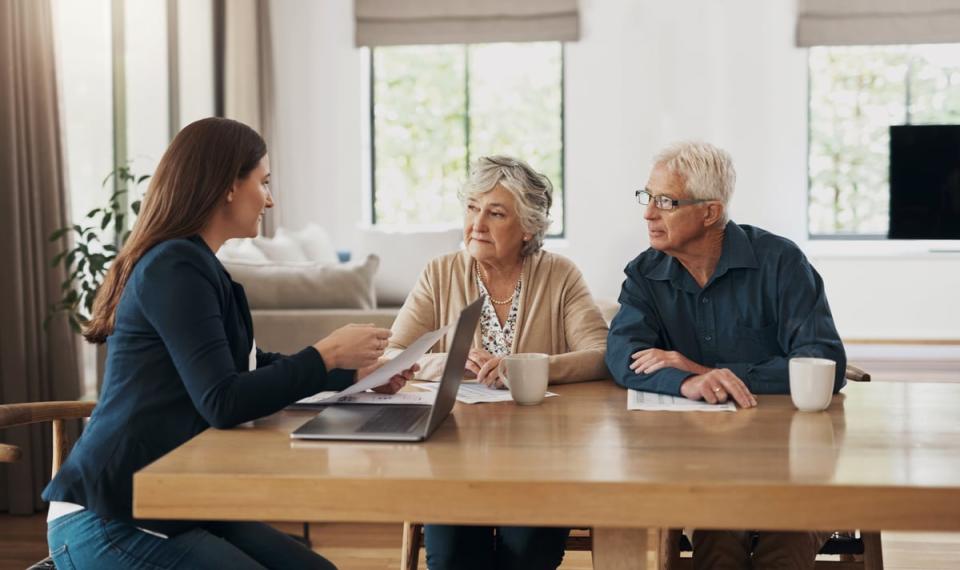If you’ve been rethinking your alcohol habits, you’re certainly not alone. According to a survey conducted by media marketing company NC Solutions, 41% of adults polled stated their goal was to drink less wine, beer and spirits in 2024. That makes sense, given that mindful drinking — becoming more aware of your alcohol consumption — is on the rise, with nearly 35% of those surveyed identifying themselves as mindful drinkers.
However, it can be difficult to curtail alcohol use and limit yourself to one glass of rosé per day or occasion, even for those who have set healthy intentions. One of the main reasons: Alcohol has a direct effect on various pathways in the brain.
“Alcohol triggers the release of dopamine, a chemical in the brain that makes you feel good,” Heather Hausenblas tells Yahoo Life. tells Yahoo Life. “This makes you want to keep drinking to maintain that pleasure.” Hausenblas is the chief executive officer and founder of Wellness Discovery Labs and scientific researcher specializing in health psychology.
Aaron White, a neuroscientist and senior scientific adviser to the director at the National Institute on Alcohol Abuse and Alcoholism (NIAAA), agrees. “It only takes a drink or two for alcohol to produce euphoria by activating the pleasure center in the brain, as well as to reduce anxiety by calming an area called the amygdala,” he tells Yahoo Life. “These effects are rewarding and can motivate people to keep drinking.”
GABA (gamma-aminobutyric acid) is a neurotransmitter, or chemical messenger, in the brain that helps block signals sent out by the nervous system, which, in turn, produces a sense of calm. “Alcohol increases the effects of GABA while reducing glutamate, which is excitatory,” explains Hausenblas. Along with causing relaxation, activating the GABA receptors also slows down brain activity, encouraging more drinking, she says.
Being under the influence of alcohol has been shown to impair judgment and reduce inhibitions. “Alcohol can also increase the desire to socialize while disrupting circuits in the frontal lobes involved in controlling impulses and making decisions,” says White. “It is commonly referred to as a ‘social lubricant’ because it can increase the desire to be social and reduce anxiety about socializing, even with strangers.”
Using alcohol (and other substances) to cope with symptoms of social anxiety is associated with increased substance use and more consequences among young adults, according to a study from the NIAAA.
Societal pressure may also play a role in feeling the “need” to have more than one cocktail. “If someone plans to have only one drink but is pressured by friends to drink more, it could lead them to change their minds and keep drinking,” says White.
Certain social norms can make sipping on a few drinks during a gathering acceptable, even expected, says Hausenblas. “Many cultural events involve drinking, making it seem normal or necessary to drink more in these situations,” she says. Some people could be dealing with FOMO (fear of missing out) while others may be influenced by the media.
“Ads and movies often show drinking as fun and glamorous, which can make people want to drink more to have similar experiences,” adds Hausenblas.
Strategies to curb drinking
For starters, White advises taking a closer look at the possible reasons for having more than one planned drink. Whether the underlying causes stem from boredom, insecurity or anxiety, the next step is to figure out ways to combat these issues without turning to alcohol.
“For instance, try to identify healthy, sustainable ways of coping with stress and anxiety,” he explains. “Then make a plan to cut back or quit drinking and begin to engage in these healthier alternatives.”
Hausenblas suggests setting limits, keeping a log of drinking habits and avoiding triggers. “Stay away from situations or people that make you want to drink,” she recommends. The Centers for Disease Control and Prevention proposes hanging out with work colleagues over lunch instead of during happy hour, and removing alcohol from the home.
When you’ve reached the one-drink limit, Hausenblas encourages ordering (or making) a nonalcoholic beverage, such as sparkling water or a mocktail. “I’ve had friends bring a flavor packet that they added to their water instead of ordering an alcoholic drink,” she says.
Both Hausenblas and White stress the importance of leaning on loved ones for motivation and accountability. “Let friends and family know about your plan to reduce or stop drinking since it can be easier to make behavior changes when you know you’re supported by people close to you,” says White.
Also, pay attention to any positive changes in your physical, emotional — even financial — health, such as experiencing better sleep or having more money in the bank. “When you notice benefits, write them down — it can help keep the momentum going,” notes White.
When should you seek professional help?
The NIAAA reports that the Dietary Guidelines for Americans: 2020-2025, U.S. Department of Health and Human Services and U.S. Department of Agriculture state that adults of legal drinking age can choose not to drink or to drink alcohol in moderation by limiting intake to two drinks (or fewer) in a day for men and one drink (or fewer) in a day for women.
White explains that regularly drinking more than planned and having difficulty cutting down on alcohol intake can be symptoms of a problem with alcohol, according to the Diagnostic and Statistical Manual of Mental Disorders criteria for alcohol use disorder (a model developed by George Koob, director of NIAAA). “Repeated bouts of excessive drinking cause changes in the brain that increase the motivation to drink while impairing the ability to control the urge,” White says. “As a result, the person can become stuck in a cycle.”
If you or someone you love is showing signs of an unhealthy relationship with alcohol, White encourages seeking professional help. “The NIAAA Rethinking Drinking website is a great place to start, while the NIAAA Treatment Navigator can help people decide which type of support might fit them best and where to locate it.”
White also warns that it can be dangerous to quit drinking alcohol on your own if you’ve been drinking heavily for a period of time. “Each year, alcohol withdrawal contributes to about 1,000 deaths and more than 500,000 emergency department visits,” he says. So before you stop cold turkey, it’s important to speak with your health care provider about whether you should get help at an outpatient or inpatient facility or hospital that treats alcohol withdrawal.
Signup bonus from





